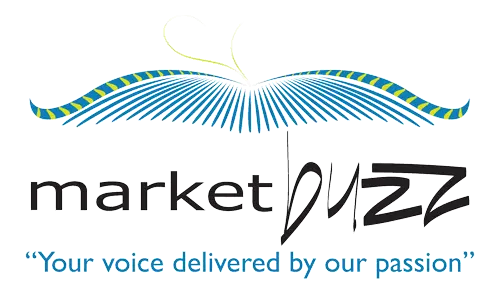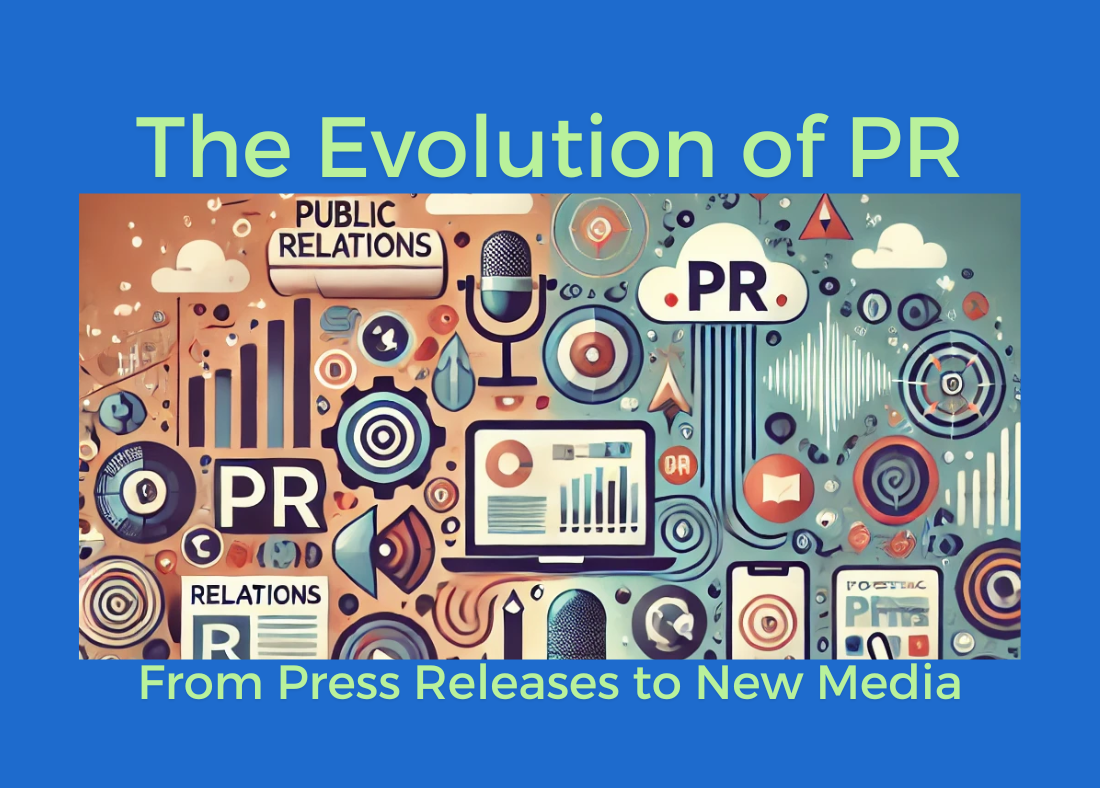The world of Public Relations (PR) has witnessed a dramatic transformation over the past few decades. Traditionally dominated by press releases and media coverage, PR now finds itself at the intersection of technology and communication, leveraging new media formats to reach and engage audiences more effectively.
PR was primarily about crafting the perfect press release and securing coverage in newspapers, magazines, and TV. While these tactics are still valuable, the advent of the internet and social media has expanded the toolkit available to PR professionals. This evolution has introduced an array of tools, including podcasts, webinars, and livestreams, which offer brands fresh avenues to amplify their messages and connect with their target markets.
Today, audiences are not just passive consumers of information; they seek interactive, engaging, and easily accessible content. This shift has necessitated the adoption of new media formats:
- Podcasts: Offering an intimate and on-demand way to consume content, podcasts have become a powerful tool for PR. They allow brands to delve into topics, share insights, and connect with listeners on a personal level. With the ability to target niche audiences, podcasts can build thought leadership and foster a loyal following.
- Webinars: As an educational and interactive platform, webinars enable brands to share expertise, demonstrate products, and engage with their audience in real-time. They offer an excellent opportunity for live Q&A sessions, providing value and building trust with potential customers.
- Livestreams: Leveraging platforms like Instagram Live, Facebook Live, and YouTube, brands can reach a global audience instantly. Livestreams offer authenticity and immediacy, allowing for real-time engagement, behind-the-scenes looks, and the creation of a sense of community.
To effectively utilize these formats, brands need to integrate them into their PR strategies thoughtfully. Here are some ways to leverage each medium:
- Podcasts:
- Build Thought Leadership: Share expertise, industry insights, and unique perspectives through regular podcast episodes. Invite industry experts or influencers as guests to provide added value and broaden reach.
- Tell Stories: Use podcasts to share brand stories, case studies, or customer testimonials. This format allows for in-depth storytelling, creating a more personal connection with the audience.
- Engage with a Niche Audience: Tailor content to specific audience segments, focusing on topics that resonate with them. This targeted approach can build a dedicated listener base.
- Webinars:
- Educate and Inform: Use webinars to provide in-depth knowledge on specific topics, offer training, or conduct product demos. This positions the brand as a valuable resource and can attract potential customers.
- Interactive Engagement: Encourage participation through live Q&A sessions, polls, and interactive discussions. This engagement can provide valuable insights into audience preferences and concerns.
- Generate Leads: Use webinars as a lead generation tool by offering exclusive content in exchange for registration. Follow up with attendees to nurture relationships and move them down the sales funnel.
- Livestreams:
- Create Real-Time Interaction: Livestreams offer an opportunity for immediate interaction with the audience. Use them for product launches, behind-the-scenes tours, or to address customer questions and feedback.
- Build Authenticity: The unedited nature of livestreams adds a layer of authenticity, helping to humanize the brand and build trust with the audience.
- Expand Reach: Leverage the algorithms of social media platforms, which often prioritize live content, to reach a broader audience and increase visibility.
Choosing the Right Medium for Your Brand
With the myriad of options available, it’s crucial for brands to choose the right mediums that align with their objectives and audience preferences. Here are some considerations to ensure the best fit:
- Understand Your Audience: Determine where your target audience spends their time and what type of content they prefer. Are they podcast listeners, or do they engage more with live video content? Conduct surveys or use analytics tools to gather insights.
- Align with Brand Goals: Each medium serves different purposes. If the goal is to establish thought leadership, podcasts or webinars might be more suitable. For real-time engagement or product launches, livestreams could be more effective.
- Resource Availability: Assess the resources required for each medium. Podcasts and webinars need planning, production, and post-production efforts. Livestreams, while less polished, require on-the-spot presentation skills and a reliable tech setup.
- Measure Success: Define metrics for success, such as listener numbers, engagement rates, or lead generation. Use analytics to track performance and adjust strategies accordingly.
The evolution of PR from press releases to podcasts, webinars, and livestreams represents the changing landscape of communication in the digital age. By understanding and leveraging these new media formats, brands can amplify their messages, engage with audiences on a deeper level, and build stronger relationships. However, success lies in selecting the right medium that aligns with the brand’s goals and resonates with the audience. In doing so, brands can navigate the modern PR landscape with greater impact and authenticity.



